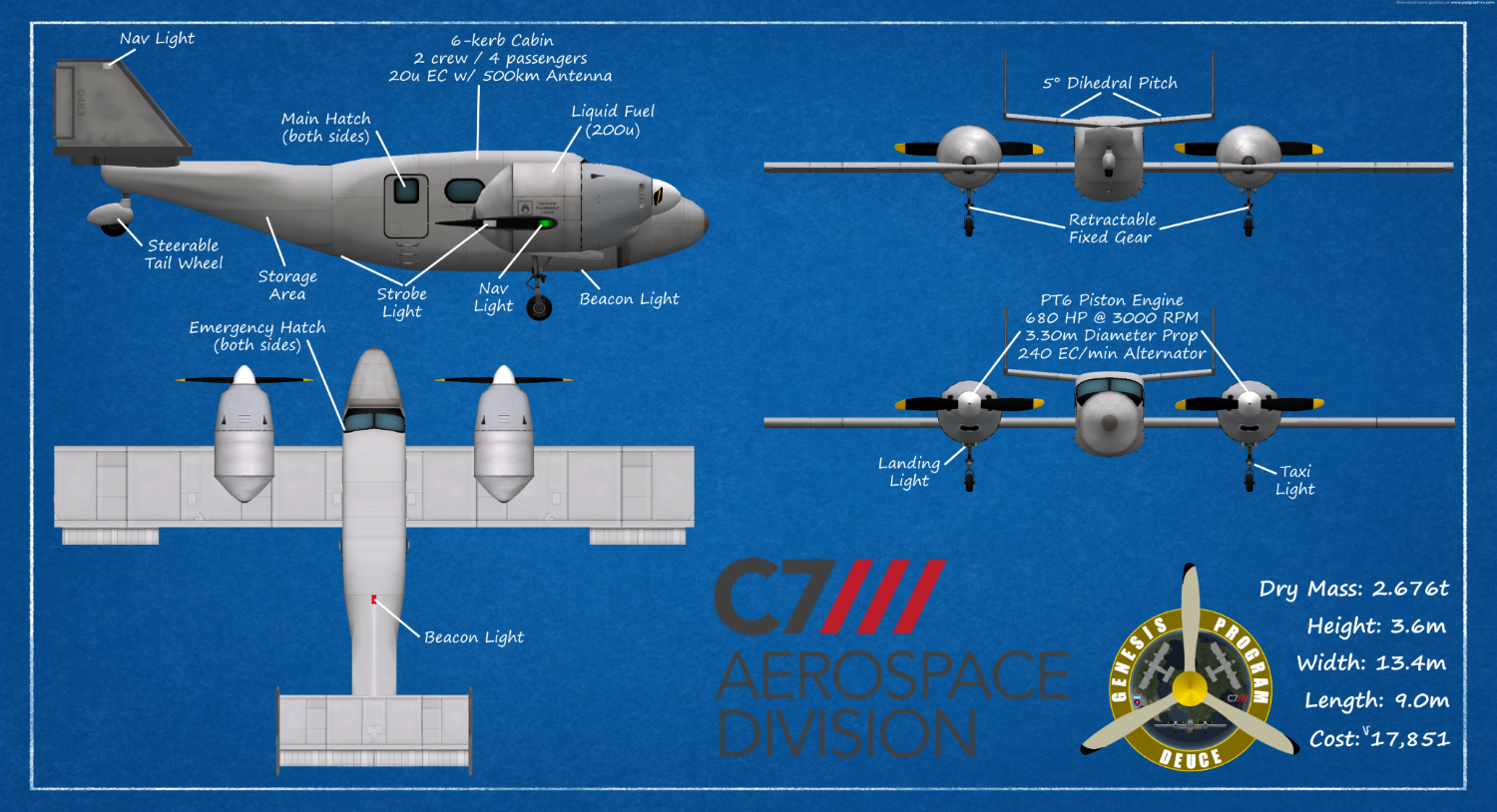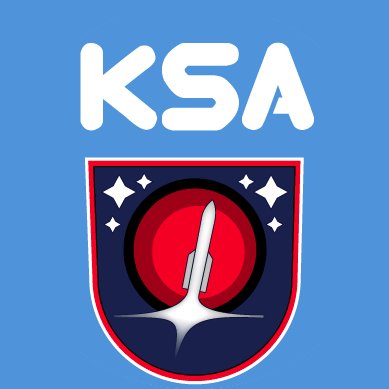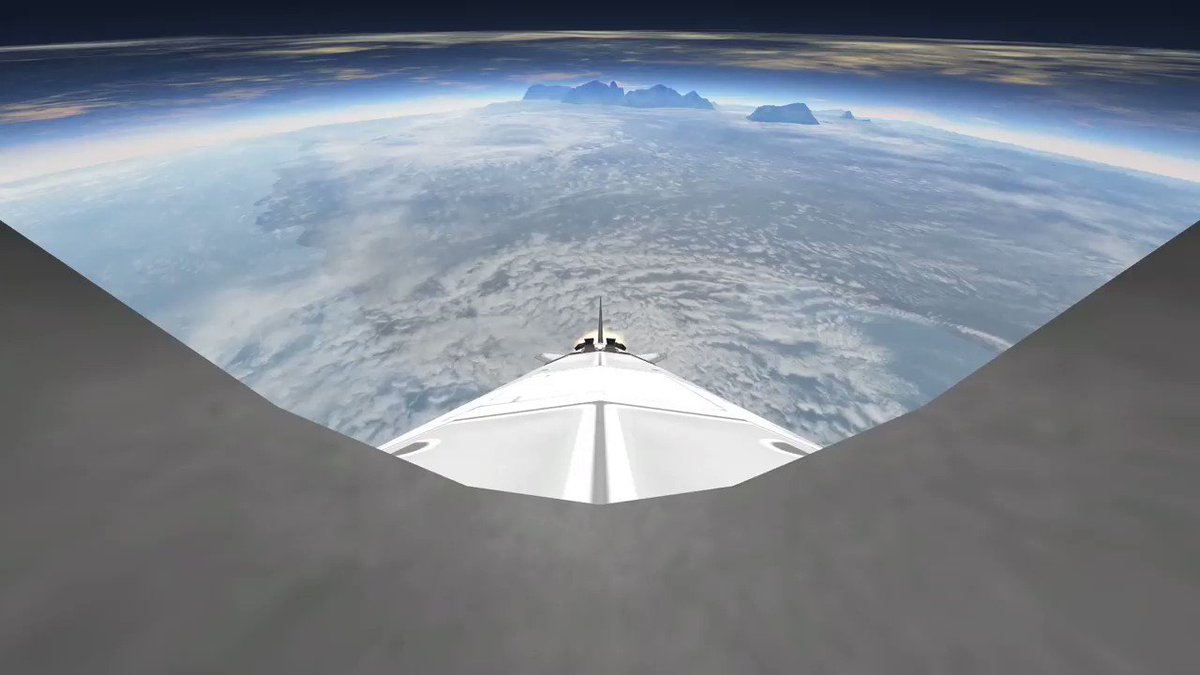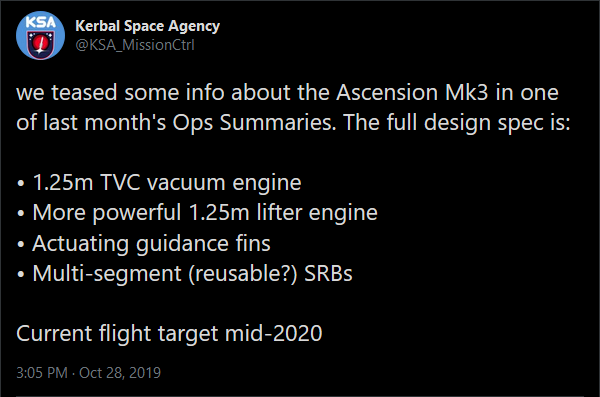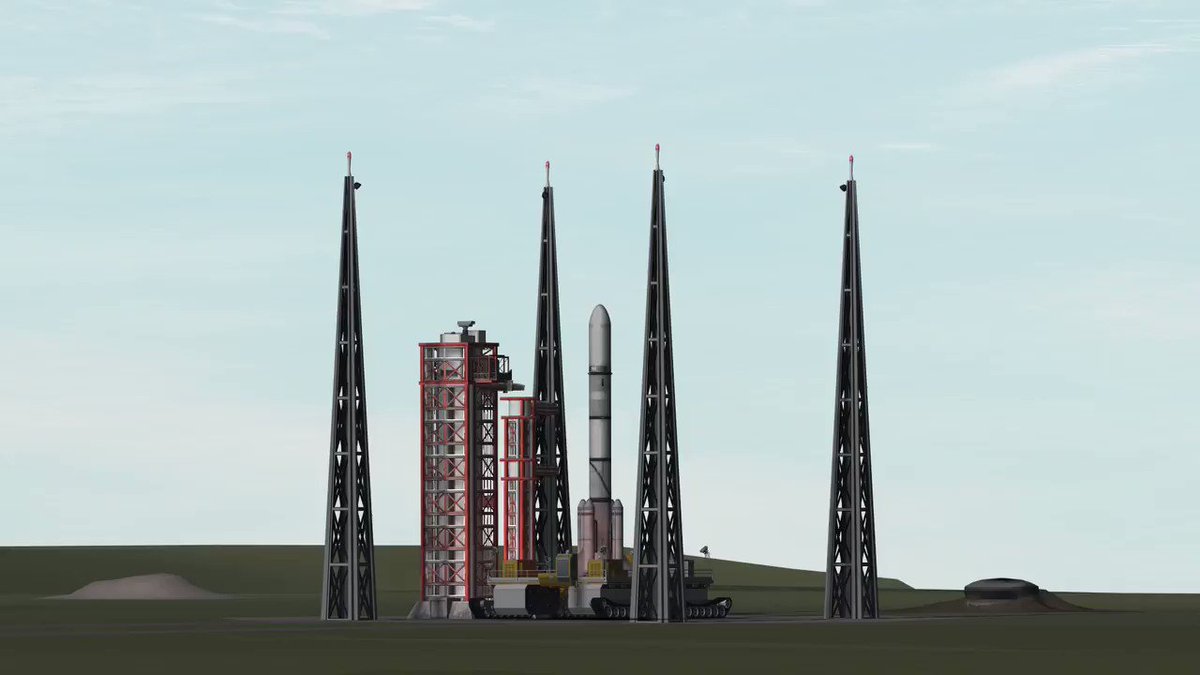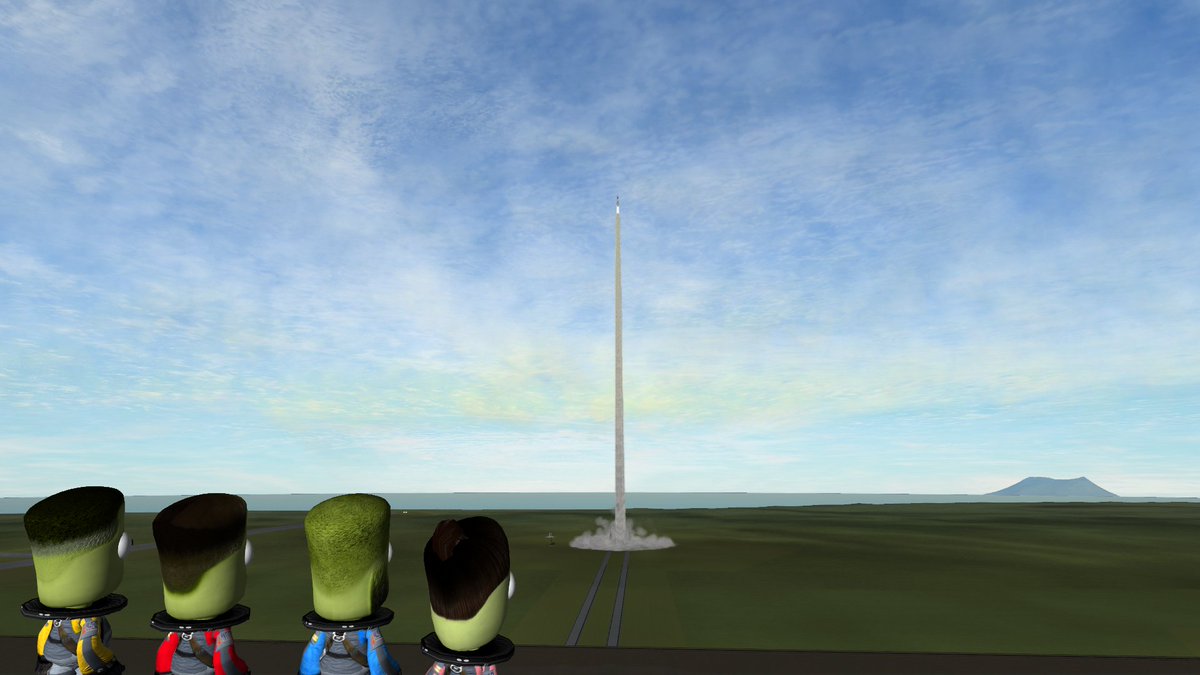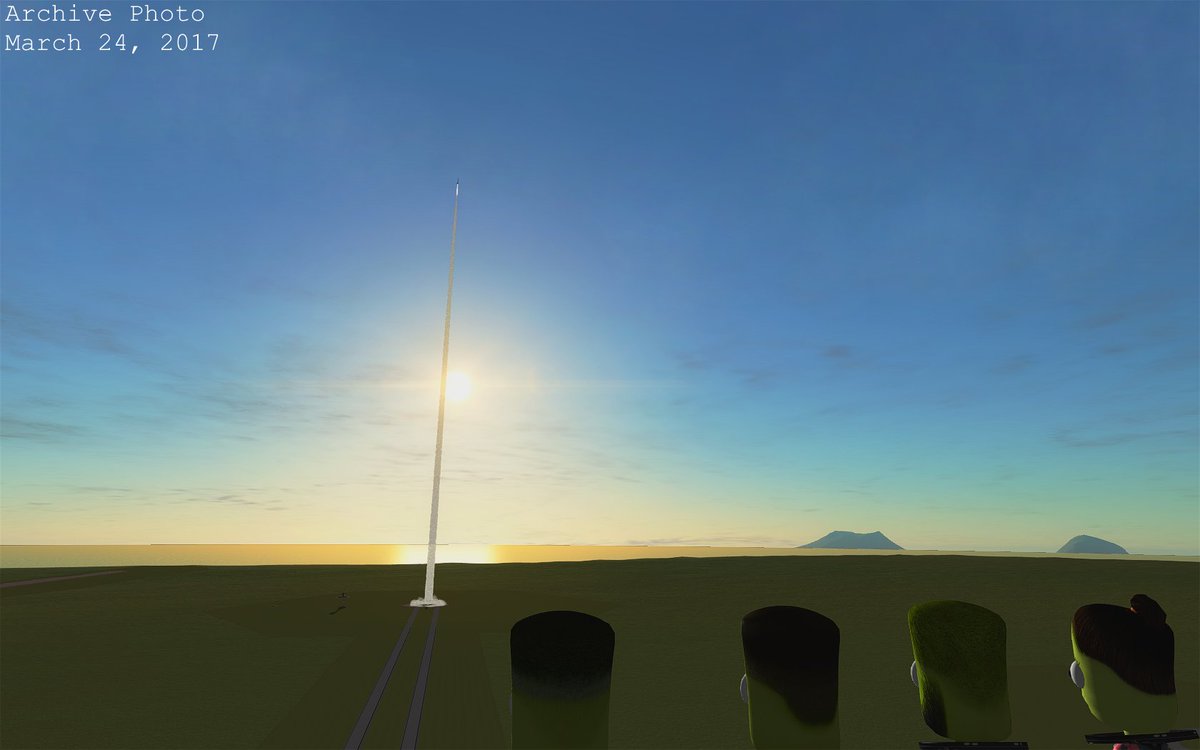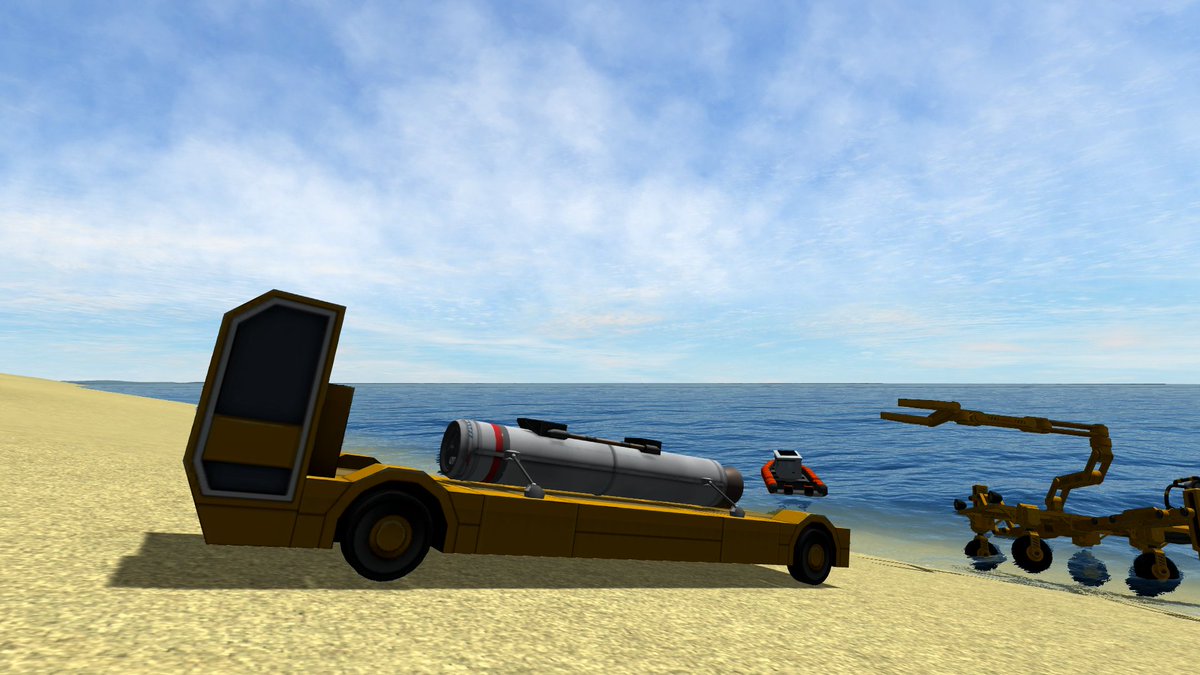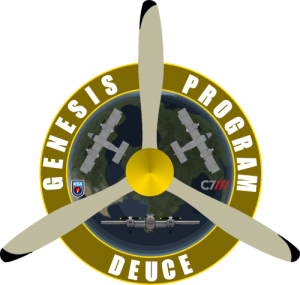 The investigation of the Deuce crashing into the Kerblantic during its last test flight has been concluded. Investigators were once again able to do a complete study on the entire aircraft, with the engines dredged up from the seafloor and both flight recorders intact. Mechanical inspection of the aircraft turned up no signs of flaw, with systems all operating normally and two good engines running without issue up to the moment of impact.
The investigation of the Deuce crashing into the Kerblantic during its last test flight has been concluded. Investigators were once again able to do a complete study on the entire aircraft, with the engines dredged up from the seafloor and both flight recorders intact. Mechanical inspection of the aircraft turned up no signs of flaw, with systems all operating normally and two good engines running without issue up to the moment of impact.
Review of the flight recorders shows that Captain Jeb was initially making a good approach, as he had on two previous flights to land the Deuce safely on the runway, but coming out of base leg onto his final approach when he went to roll the aircraft level he did not apply enough rudder to keep the nose pointing in the direction the plane was headed. This sideslip caused his airspeed to drop, but not dangerously so, he was still traveling above 60m/s approach speed. Jeb applied rudder late, but was able to counteract the sideslip and return the plane to an almost nominal flight path.
Unfortunately the aircraft was still slipping enough that when he then went to lower the landing gear immediately afterwards, the bay doors dropped at an angle into the airstream enough to create a significant increase in drag. This keeled the aircraft over and caused it to plunge almost straight down into the water from a height of 380m, hitting with a speed of 83m/s and a momentary force of 24Gs, which was largely absorbed by the nose cone’s crush core. Still, Jeb suffered a minor concussion as his chair was partially ripped from the floor and his head flung into the instrument panel, knocking him out for a short period.
As the concept of retractable landing gear is still new, it is understandable that Jeb would not have considered the implications of lowering his gear while the plane was in a sideslip, however minor. C7 engineers in the Genesis program have been spending more time experimenting with deploying the landing gear in various flight regimes in the wind tunnel to determine the full range of effects the bay doors and the gear themselves have on the aircraft. Training will be updated accordingly.
A full structural inspection of the Deuce has determined the entire aircraft minus the tail section will need to be rebuilt. The main cabin did turn up structurally sound, however engineers are uneasy about re-certifying a twice-crashed piece of the aircraft and are worried they don’t have instruments sensitive enough to detect any small hairline fractures that could grow over time. The rebuild will also seek to address the still-mysterious leftwards roll tendency the aircraft exhibited in flight. During the inspection engineers could not find an obvious culprit, but they suspect something about how the plane was put together is at fault. Even if we never determine what it is, steps can be taken to try to avoid it next time. After an exhaustive review of build procedures the Horizontally Assembly Building crew will take painstaking measures to ensure the aircraft is assembled as designed. It took just over a month for the original Deuce prototype to be assembled; C7 expects the Deuce to not be back in the air for at least two months this time. An updated blueprint with the changes tested over the last few flight trials is now available. Should the roll issue be found and fixed or resolve itself, this will be the final Deuce design.







